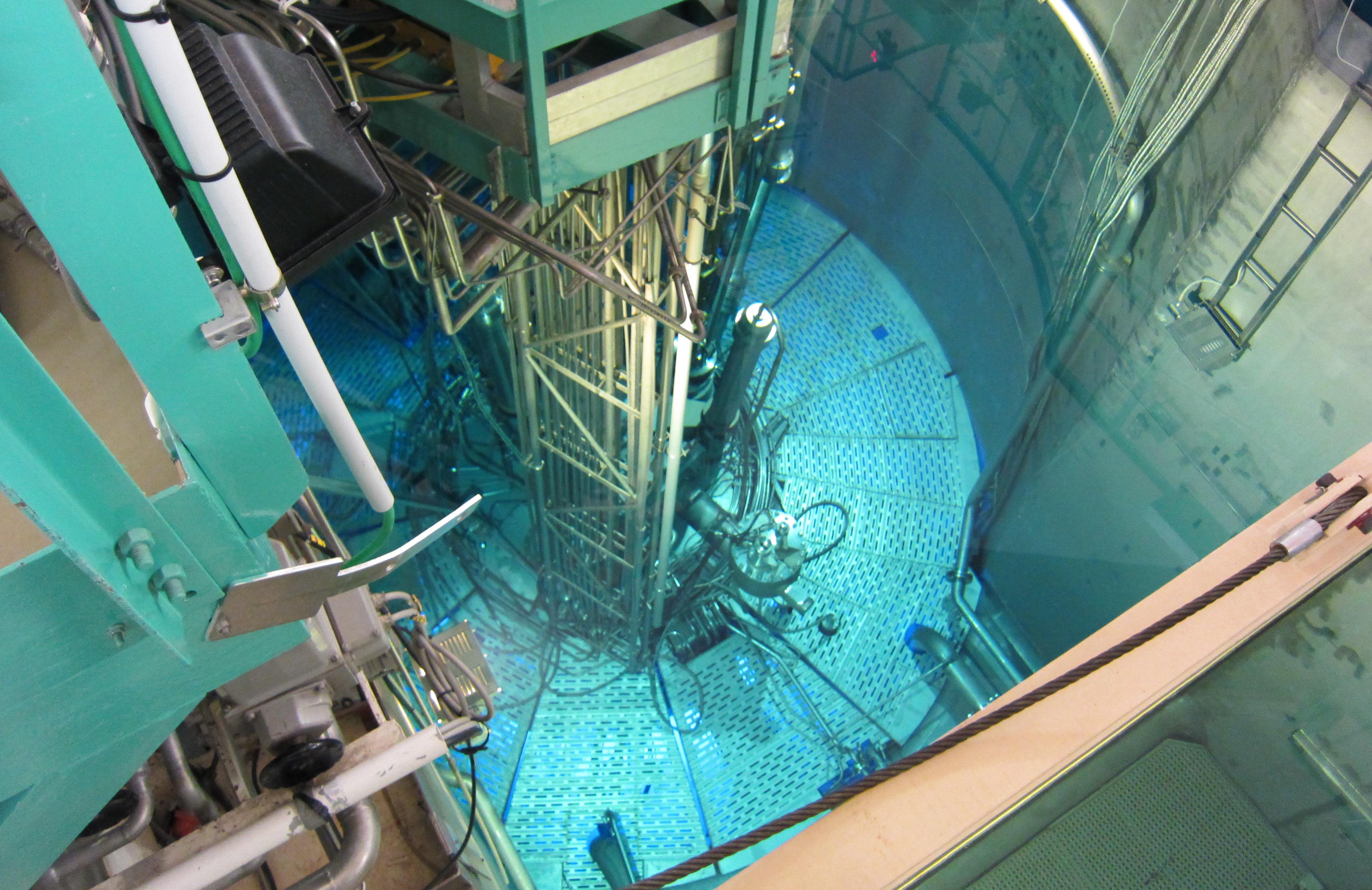Quantum computers are so highly sought after because they can solve complex mathematical problems and parallel computer operations such as code breaking really fast. Attempts to build quantum computers come in many flavours and use different kinds of quantum states, ranging from trapped atoms, superconductors to semiconductors such as gallium arsenide or diamond. The approach with diamond is particularly promising as it uses the spin of an electron to perform quantum computing operations, which means that such devices could be nicely tied in with conventional electronics and its control of electron transport itself.

Reading single spins. The information of a single spin in a reservoir can be read by a silicon single electron transistor island. Reprinted by permission from Macmillan Publishers Ltd. Nature (2010). doi:10.1038/nature09392
Now, Andrea Morello, Andrew Dzurak and colleagues from the University of New South Wales in Sydney in collaboration with researchers from Melbourne and Aalto University in Finland have achieved a major step towards such quantum computers using the most straightforward electronic material available: silicon. In a paper in Nature they demonstrate the reading of a single electron’s spin with a silicon electronic circuit. “Until this experiment, no-one had actually measured the spin of a single electron in silicon in a single-shot experiment,” says Morello. Ronald Hanson from the TU Delft, who works on the competing approach using impurities within diamond, agrees: “this is a result that the silicon quantum computing community has been waiting for for a long time.”
The principle of how the electron spin is read with a silicon circuit is relatively straightforward. It uses a charge reservoir, where the electrons are stored in phosphorus impurities that are implanted into the silicon. Next to the reservoir is a single electron transistor, which is a tiny silicon transistor that can detect the presence of a single electron.





September 27, 2010
1 Comment